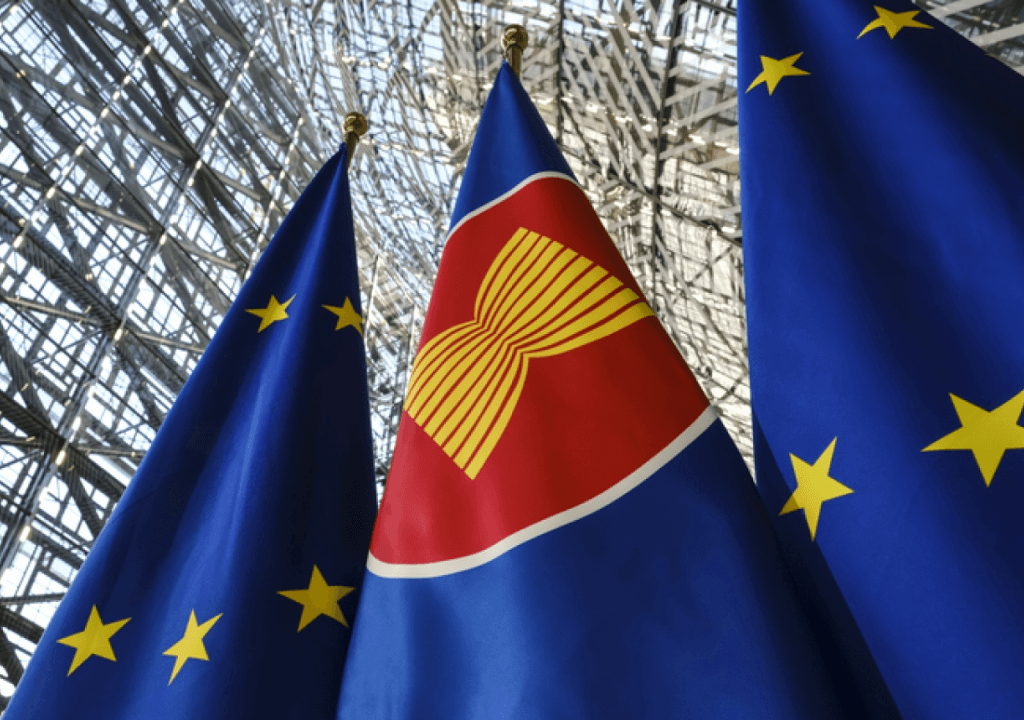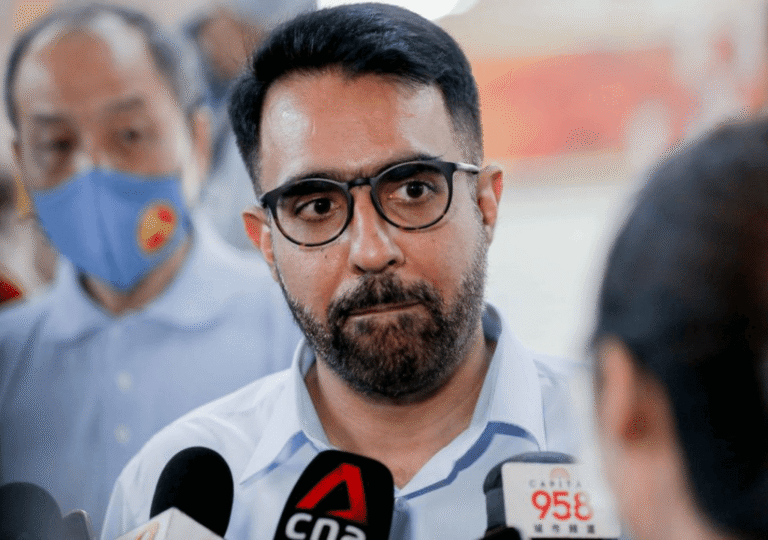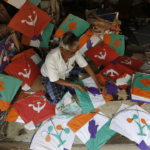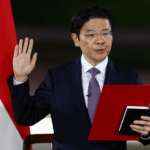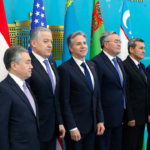As the U.S.–China trade war continues amid an increasingly tense and ego-driven relationship, Southeast Asian countries—the ASEAN member states—find themselves in a difficult position. They rely on both powers for economic growth and development projects, yet now face pressure from both sides. Although ASEAN countries differ in their political alignments—some leaning toward the U.S., others toward China—they share a desire to strengthen regional cooperation through a more unified and operational trade bloc. However, U.S. tariffs and China’s strategic efforts to pull ASEAN into its sphere of influence have created significant tension.
The U.S. has imposed heavy tariffs, ranging from 10% on Singapore—despite it not having a trade surplus with the U.S.—to 46% on Vietnam, a communist state aiming to replicate China’s success as a global manufacturing hub. At the same time, China has warned ASEAN countries against trying to appease the U.S. in hopes of securing tariff reductions, further complicating their diplomatic balancing act.
In this challenging environment, ASEAN states are looking for a third partner—one that is less politically demanding than either the U.S. or China. Europe has emerged as an appealing alternative, offering trade opportunities without the burden of geopolitical rivalry.
The well-mannered relationship
The European Union has long maintained a strong and cooperative partnership with Southeast Asian nations, particularly through its engagement with the Association of Southeast Asian Nations (ASEAN). For over four decades, the EU and ASEAN have cultivated steady dialogue across economic, trade, and political domains.
The EU is ASEAN’s third-largest trading partner, while ASEAN ranks as the EU’s fifth-largest. In 2011, total trade in goods and services between the two regions reached $265 billion, with ASEAN enjoying a trade surplus of $25 billion. Moreover, the EU remains the largest source of foreign direct investment in ASEAN, accounting for 24% of the region’s total FDI.
Historically, EU exports to ASEAN consisted largely of manufactured goods. As ASEAN has transitioned from a commodity-based economy to a manufacturing hub, its exports to the EU have shifted significantly—from raw materials such as rubber, palm oil, and wood to higher-value goods like electronics, textiles, and garments. Trade in services between the two regions has also grown substantially in recent years.
To deepen this partnership, the EU and ASEAN conduct regular ministerial dialogues and convene ASEAN–EU Business Summits. In 2007, the EU launched negotiations for a region-to-region Free Trade Agreement (FTA) with ASEAN. However, talks progressed slowly and eventually stalled in 2009, leading the EU to pursue bilateral agreements instead. A comprehensive FTA was concluded with Singapore in 2012, followed by negotiations with Vietnam, Thailand, and Malaysia—with talks with Malaysia particularly advanced. The EU is currently close to finalizing FTAs with Indonesia and Thailand. In January, it agreed to restart trade negotiations with Malaysia, and discussions with the Philippines resumed last year.
For many Southeast Asian nations, strengthening ties with the EU is increasingly viewed as a strategic and balanced choice. While the EU may not match the U.S. in market size, it offers stable trade relations without entanglement in global politics. In return, the EU views Southeast Asia as a vital region for projecting soft power and gaining access to cost-effective manufacturing.
This growing EU–ASEAN relationship is rooted in mutual respect and shared interests. It is marked by well-mannered diplomacy—free from coercion, bullying, or threats—and is thus seen by many governments in the region as a natural and dependable alliance.
People See the EU as the Best Option
People in Southeast Asia view the European Union positively, seeing it as a respectful and non-threatening partner in a polarized global landscape. They increasingly regard aligning with the EU as a dignified and strategic choice. The latest annual survey by the ISEAS–Yusof Ishak Institute shows that trust in the EU among policy influencers across ASEAN and Timor-Leste rose from 41.5% in 2024 to 51.9% in 2025.
The survey, which collected responses from over 2,000 individuals — including academics, civil servants, researchers, business leaders, and civil society actors — assessed global powers based on their contributions to peace, prosperity, and governance. Although the EU saw a slight decline in its appeal as a “middle power” between the U.S. and China, it remains the top choice, ahead of Japan and India.
EU officials welcomed the findings. Ambassador Sujiro Seam noted that the EU continues to be ASEAN’s preferred strategic partner, while Chris Humphrey of the EU-ASEAN Business Council credited the improved perception to Brussels’ more pragmatic stance on environmental policy.
Analysts link the EU’s growing favorability to rising uncertainty around U.S. foreign policy under President Trump, with 47% of respondents identifying his administration as a major geopolitical concern.
This trend offers a clear signal to Southeast Asian governments and ASEAN as a whole: continuing to deepen ties with the EU is both practical and politically wise.
The challenges are there.
ASEAN member states maintain varying alignments with global powers, making a unified strategic pivot toward Europe difficult amid complex internal political dynamics. Singapore, Malaysia, and the Philippines enjoy strong ties with the United States, while Myanmar, Cambodia, and Laos are more closely aligned with China. Indonesia and Thailand, for their part, continue to balance relations between the U.S. and China.
Domestic political factors further complicate the prospect of deeper engagement with the EU. Many ASEAN leaders have longstanding ties with external powers, rendering any decisive shift toward a single bloc politically delicate. Moreover, the EU’s emphasis on progressive values may clash with the region’s deeply rooted conservative and religious structures, making political alignment even more challenging.
Yet politics is only part of the equation. Economic pressures are pushing ASEAN states to seek more stable and less politicized partnerships. Trade disruptions and tariffs have strained regional economies, fueling interest in alternative economic relationships. In this context, the EU—with its open markets and relatively low political interference—emerges as a compelling partner, second only to the United States. Strengthening ties with Europe is thus not merely a diplomatic option—it has become an economic necessity.

